Day :
- Biofuels Production
Location: Raposo Tavares

Chair
Aharon Gedanken
Bar-Ilan University
Session Introduction
Aharon Gedanken
Bar-Ilan University, Isarel
Title: Using novel methods (Microwave Radiation and Sonochemistry) for the conversion of biomass to biofuels
Time : 11:30-11:55

Biography:
Abstract:
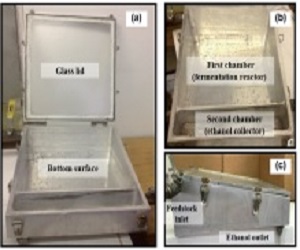
Rodrigo Morales-Vera
University of Washington, USA
Title: Glacial acetic acid production from bioconversion of poplar biomass: Techno-economic assessment and environmental impacts
Time : 11:55-12:20

Biography:
Abstract:
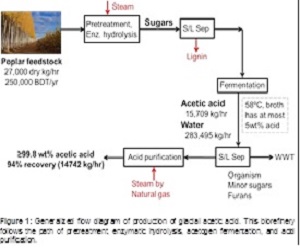
Leonardo Curatti
National University at Mar del Plata, Argentina
Title: Algae-based multitrophic biomass biorefinery for the production of biofuels
Time : 12:20-12:45

Biography:
Abstract:
Statement of the Problem: Due to increased productivities and cultivation in marginal lands, microalgae have great potential as feedstock for biofuels alternative to plant crops. However, the current cost of producing biofuels from microalgae biomass is still high to envision massive and profitable commercialization in the near future. It is presumed that obtaining other higher-value byproducts in biorefineries would increase the profitability. Among other aspects, access to renewables as well as recycling of nutrients as substitutes for conventional fertilizers would be mandatory.
Methodology & Theoretical Orientation: We have been proposing alternative multispecies microbial cells-factories for the production of biofuels. Basically, the concept proposes the integration of operations that are exceptionally well performed by single microorganisms (whether naturally occurring or after genetic optimization) into multispecies systems than can execute more complex tasks and/or outperform any single species. We attempt to increase the use of N2 from the air as a sole source of N-fertilizer for microalgae.
Findings: We used a N2-fixing cyanobacterium that produces N-rich biomass that could be efficiently converted into biomass of a variety of microalgae. When using oleaginous strains, on-farm oil-production potential yields by ePBR simulations were up to 20-fold higher than those reported for soy oil. On the other hand, when we used microalgae accumulating carbohydrates (60-70% w/w), after a mild acid treatment for biomass hydrolysis and saccharification, bioethanol was produced at nearly 90% of its theoretical yield by fermentation with yeasts. The system also produced protein-rich biomass fractions as potential feed supplement and allowed some recycling of nutrients.
Conclusion & Significance: We have provided strong proof-of-principle suggesting potential for the economic and environmentally sustainable production of biofuels in multispecies biorefineries. Both on-farm demonstration and detailed modeling of environmental performance are required to take these ideas to a next step.
Panel Discussion and Key networking 12:45-13:00
Lunch Break 13:00-14:00 @ Foyer
Carole Molina-Jouve
Institute National des Sciences Appliquées, France
Title: Current status for prospects on advanced biofuel production: How to get through scientific and technological challenges as part of bioeconomy success?
Time : 14:00-14:25

Biography:
Abstract:
Quan Sophia He
Dalhousie University, Canada
Title: Development of biofuels from biowastes via an emerging technology: Hydrothermal liquefaction
Time : 14:25-14:50

Biography:
Abstract:
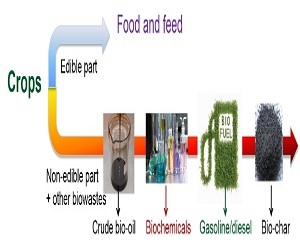
Ivo Fouto
Cenerbio, Brazil
Title: Innovative energy crops dedicated for pulp & paper; bioenergy & biorefinery - Case study for Pyoil co-processing
Time : 14:50-15:15

Biography:
Abstract:
Wennan Zhang
Mid Sweden University, Sweden
Title: Review of algae hydrothermal liquefaction
Time : 15:15-15:40

Biography:
Abstract:
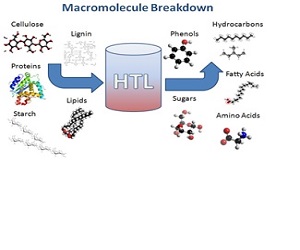
Cheng-Hung Chen
Taiwan Research Institute, Taiwan
Title: Evaluating the benefits for the policy instruments of green energy technology
Time : 15:40-16:05

Biography:
Abstract:
- Different forms of bioenergy
Location: Raposo Tavares

Chair
Fatima Bento
University of Rio Grande do Sul, Brazil
Session Introduction
Fatima Menezes Bento
University of Rio Grande do Sul, Brazil
Title: Microbial contamination during storage time of diesel, biodiesel and blends (Bx): Detection, monitoring and control
Time : 11:30-11:55

Biography:
Abstract:
Statement of the Problem: Microbial contamination in fuels has been reported since 1895 and it is considered one of the main problems related to the maintenance of stored fuels’ quality. The impact of this contamination in the system depends mainly on the fuel grade, storage time and housekeeping schedules. Among the fuels, the diesel fuel formulation has changed a lot over time, mainly by the reduction of sulfur and addition of biodiesel. The purpose of this study is to describe the steps of detection, monitoring and control to avoid the installation of deteriogenic process during storage time by microbial contamination.
Methodology & Theoretical Orientation: Many studies were conducted to determine the microbial population (composition and growth capabilities) in diesel, blends Bx and biodiesel in lab conditions simulating the storage conditions. Biomass produced at interface oil-water in microcosms is a good indication of deteriogenic process in course, acidic conditions from the water phase; infrared and chromatographic analysis results to oily phase as well.
Findings: Our results have demonstrated that diesel/biodiesel blends are more susceptible to biodegradation and biomass formation during storage. The microbial composition was characterized and monitored by culture and non-culture methods (Illumina high throughput sequencing) and more than 800 genera were identified including Archea. We showed that fuel degradation, as evaluated by HATR-FTIR, was related to interfacial biofilm formation. After 60 days storage, the system treated with a multifunctional biocide package yielded more interfacial biomass, indicating that sub-effective doses may lead to increased microbial growth.
Conclusion & Significance: The determination of the level of microbial contamination is crucial to understand the vulnerability of fuel storage systems. Our results has revealed that microbial contamination is very diverse and that the use of biocide affects microbial community structure in the fuel but that some microorganisms are resistant to the biocide.

Suzana Marques Domingues
Bizup Business Leverage, Brazil
Title: Enhancing biogas generation from residues: A scale up challenge
Time : 11:55-12:20

Biography:
Abstract:
Henrique Baudel
America Biomass Technologies, Brazil
Title: Medium-scale biorefineries: A promising alternative for the sustainable production of biofuels, bioenergy and biochemicals at locally-based agro-industrial clusters
Time : 12:20-12:45

Biography:
Abstract:
Panel discussion and Key networking 12:45-13:00
Lunch Break 13:00-14:00 @ Foyer
Paulo Cesar Manduca
University of Campinas, Brazil
Title: Biofuels as inductor of bioeconomy: Comparative strategies in Brazil, Argentina and EU
Time : 14:00-14:25

Biography:
Abstract:
Luma Sh. Al-Saadi
Newcastle University, United Kingdom
Title: A comparative study of homogeneous base catalysts and process conditions for high biodiesel conversions from high free fatty acid rapeseed oil using a mesoscale oscillatory baffled reactor
Time : 14:25-14:50

Biography:
Abstract:
Eng. Silvio Ricardo Taboas
TabVlae Engineering Services ltda, Brazil
Title: A method and a system for converting large quantities of wastewater into water and fertilizer - The YSATÃŽ case, based on Patent INPI PI 0905596-7 A2
Time : 14:50-15:15

Biography:
Abstract:
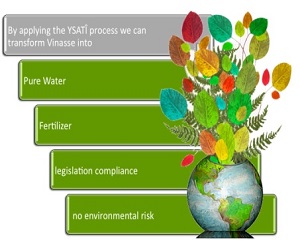
Marcelo Maciel Pereira
Chemistry Institute of Federal University of Rio de Janeiro (UFRJ), Brazil
Title: Bio-hydrocarbon and bio-hydrogen in the standard refinery
Time : 15:15-15:40

Biography:
Abstract:
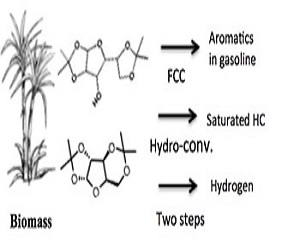
Regiane Alves de Oliveira
University of Campinas, Brazil
Title: First and second generation lactic acid production
Time : 15:40-16:05

